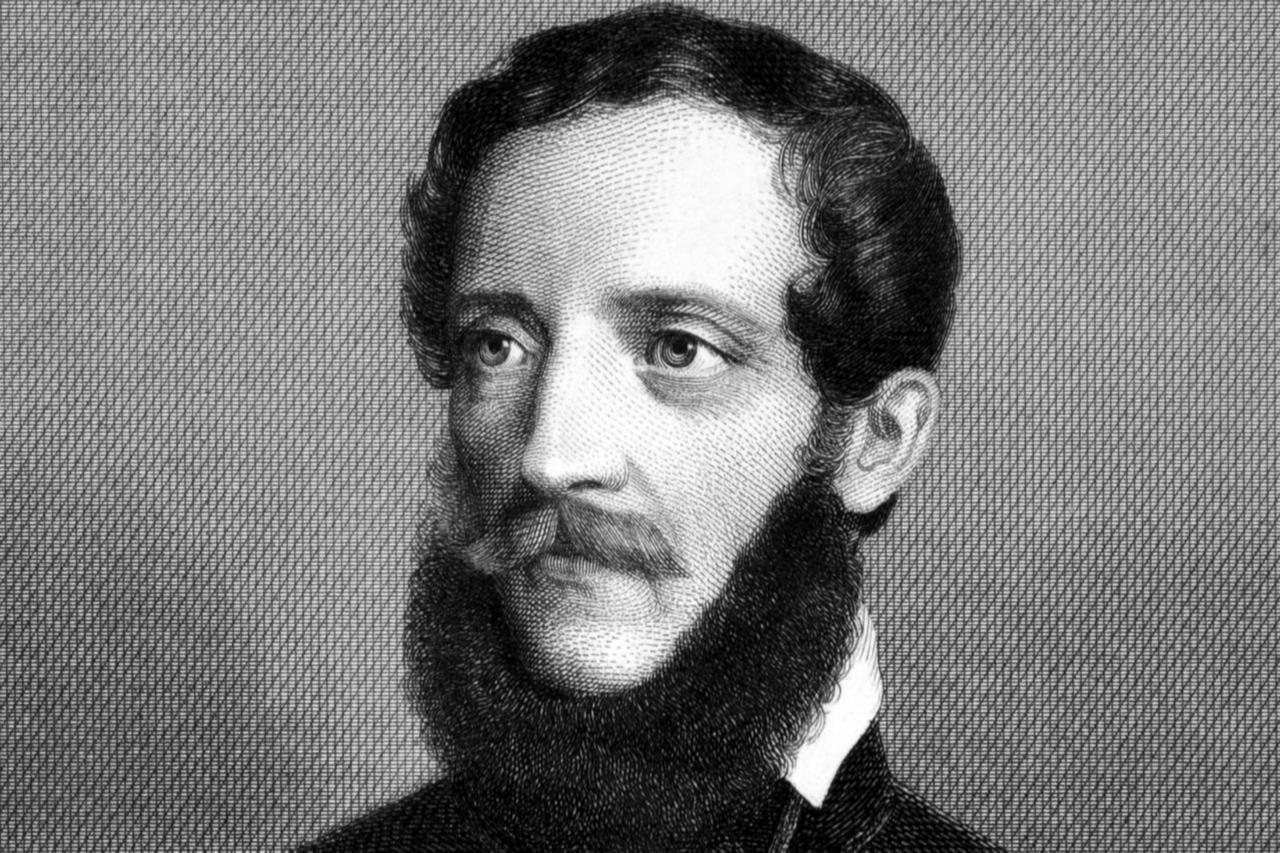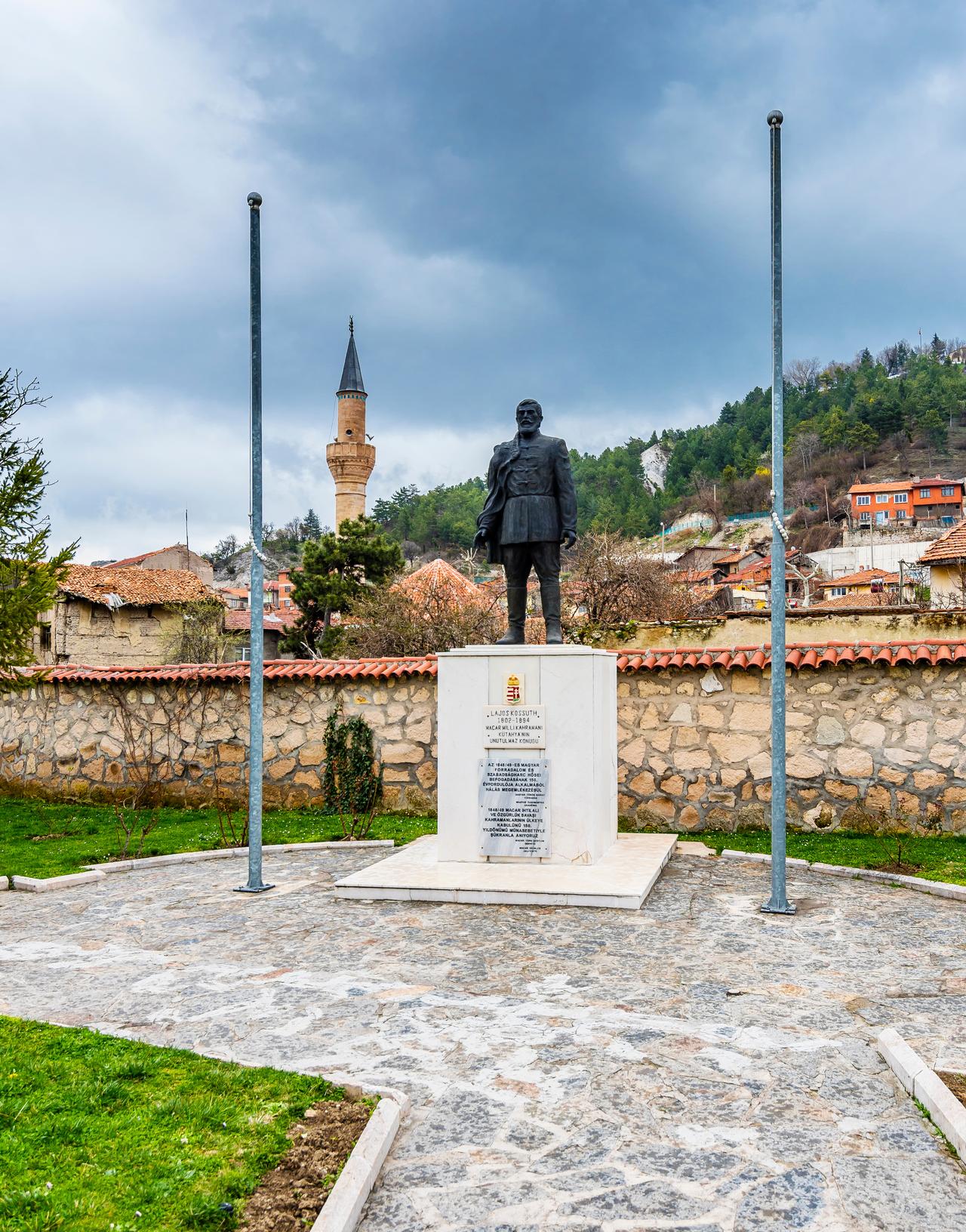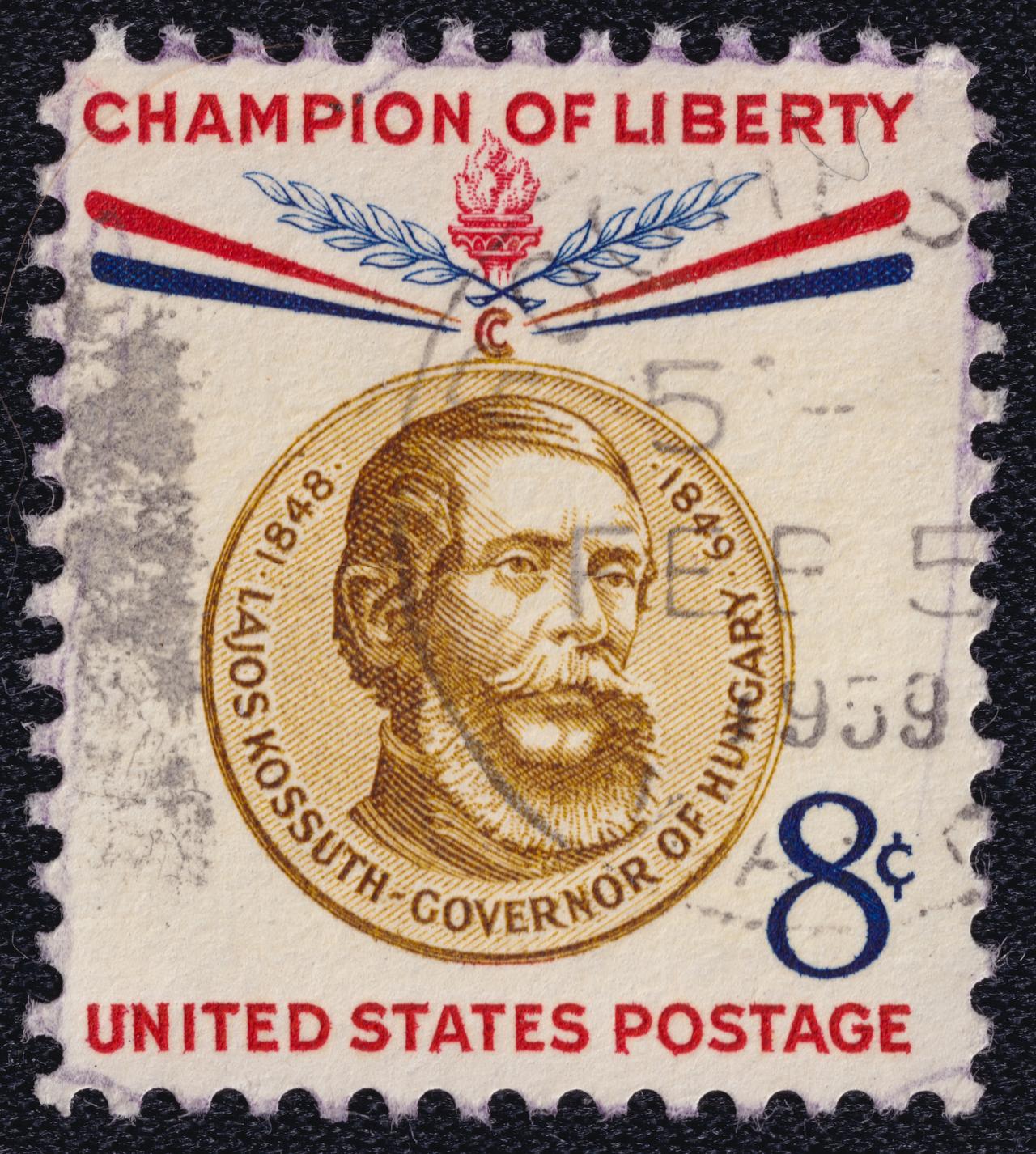
During a time when Europe was full of revolutions and strict empires, one man’s fight for freedom was heard all the way from Budapest to Anatolia. Lajos Kossuth, a respected Hungarian leader and supporter of his country’s independence, found an unexpected safe place in the Ottoman Empire after the failure of the Hungarian Revolution of 1848.
Today, as historians and scholars revisit the interwoven legacies of Hungary and Türkiye, Kossuth’s years in exile on Ottoman soil stand as a symbol of international solidarity, diplomatic courage and cultural intersection.
The year was 1849, and Hungary’s bold attempt to assert independence from the Habsburg monarchy had failed. Russian and Austrian forces crushed the revolution and its leaders were executed or imprisoned. Lajos Kossuth, once the Governor-President of Hungary, fled with thousands of Hungarian and Polish soldiers and civilians. Their destination: the Ottoman Empire, a realm often portrayed as Eastern and autocratic, yet in this case, a beacon of refuge for liberal exiles.
Arriving first in Vidin (now in Bulgaria), Kossuth was received by the Ottoman authorities with cautious but respectful hospitality. He and his companions were interned but treated with dignity. As Austria and Russia demanded that he be handed over, Sultan Abdulmecid I stayed strong and refused to give up the Hungarian freedom fighters, even though it caused tensions with other countries.
This bold refusal became one of the Ottoman Empire’s most principled diplomatic stances of the 19th century—earning admiration from Western liberals and reinforcing its image as a protector of the oppressed.
In 1850, Kossuth was moved to Kutahya, a modest town in western Anatolia. There, he lived for over a year with a small group of exiles in a traditional Ottoman house that would later become a museum in his honor. Though still under surveillance, Kossuth found a temporary intellectual refuge.

During his stay in Kutahya, Lajos Kossuth prepared a draft for a new Hungarian constitution based on autonomy and continued writing about freedom, European unity, and Hungary’s future. Though far from home, he remained a symbol of liberty, sending political letters to Ottoman officials, the British ambassador in Istanbul and other diplomats.
He also wrote essays, stayed in contact with allies abroad and used his time in exile to learn Turkish and improve his English.
The local Turkish population reportedly treated him with warmth and Kossuth himself expressed gratitude for the hospitality of the Ottomans. In letters, he described his admiration for the Turkish people, their customs and their deep sense of honor—an outlook unusual among 19th-century European statesmen.
In September 1851, after months of negotiation and growing international attention, Kossuth left the Ottoman Empire aboard the USS Mississippi, an American naval vessel sent to carry him to the West. His departure was met with fanfare by supporters in England and the United States, where he would continue to advocate for Hungarian independence and democratic reforms.

Though his time in Türkiye was relatively brief—just over two years—it left a profound mark. The Ottoman Empire had sheltered one of Europe’s most wanted revolutionaries and, in doing so, had placed itself on the moral high ground in a century rife with repression.
The Kossuth House Museum in Kutahya, still standing and carefully preserved, offers a glimpse into this extraordinary chapter of shared history. Displaying personal belongings, documents, and furniture used by Kossuth during his stay, it draws visitors from Hungary and beyond each year.
The museum stands not only as a tribute to Kossuth but also as a monument to Türkiye’s lesser-known but deeply meaningful role in Europe’s revolutionary saga.
Each year, Turkish and Hungarian delegations gather in Kutahya to commemorate this bond. Cultural programs, academic conferences and school exchanges continue to celebrate the values Kossuth represented—freedom, resistance to tyranny and international friendship.